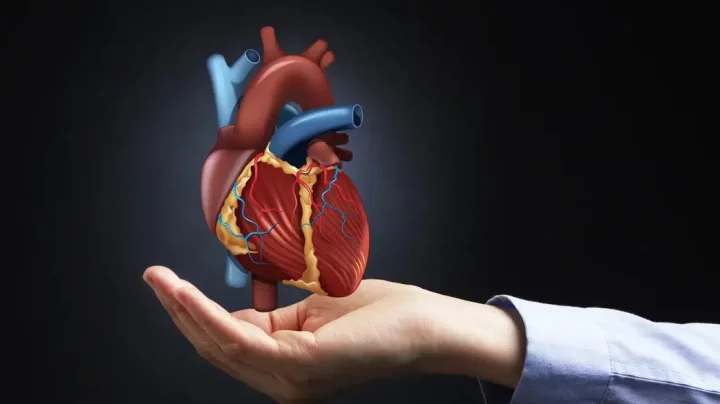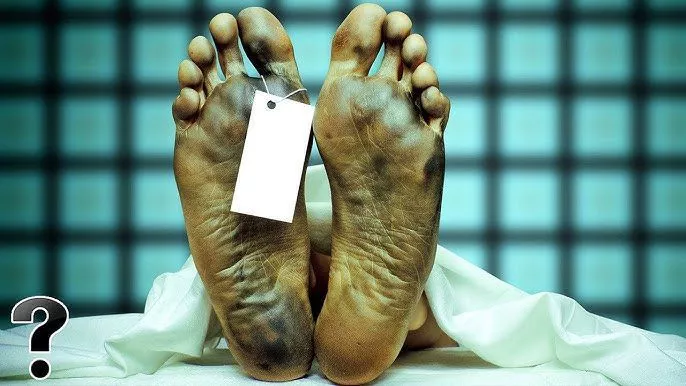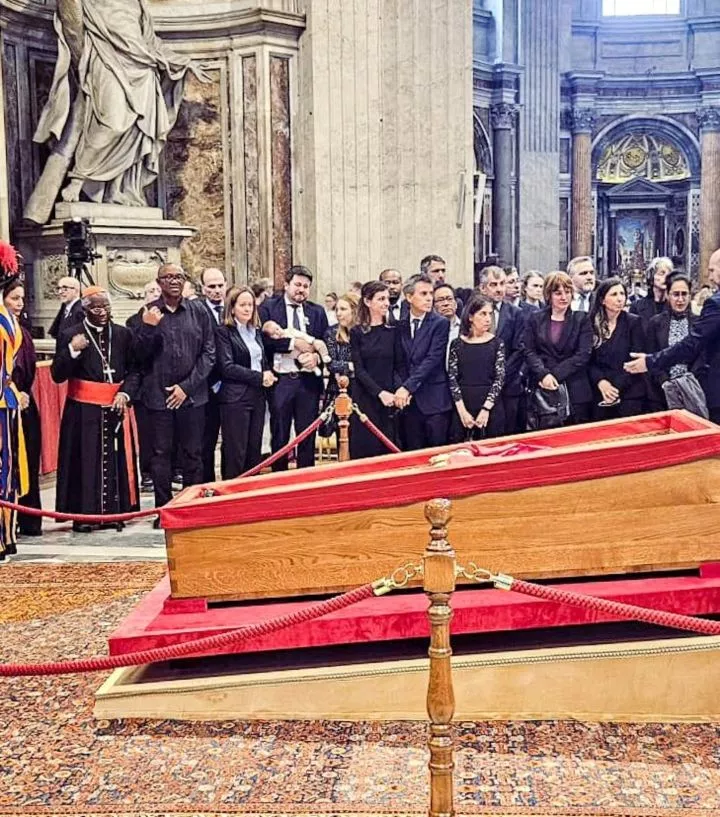The process of dying usually begins with the failure of one or more of the three vital organs.
![What is the last organ to die in the human body? [ScienceNorway] What is the last organ to die in the human body? [ScienceNorway]](https://static.netnaija.com/i/EQN2jV5RN6W.webp)
Death is not a singular moment, but rather a process that marks the body's transition from life to the unknown.
While the image of death is often portrayed as sudden, especially in cases of cardiac arrest or trauma, the body continues to function in fragments even after the heart has stopped beating. One question that intrigues both medical professionals and curious minds alike is: Which organ is the last to die in the human body?
The process of dying usually begins with the failure of one or more of the three vital organs: the heart, the lungs, or the brain. These organs are responsible for maintaining life-sustaining functions such as oxygen circulation, consciousness, and respiration.
Once one of these organs fails, especially without successful resuscitation, it triggers a rapid domino effect. The others soon follow suit. Yet, even after these critical systems shut down, other organs in the body continue their functions for a short time. This is due to the body's biological hierarchy and the varying degrees to which different tissues rely on oxygen.
What Happens In The First Few Minutes After Death?
As soon as the heart stops beating, the body is deprived of oxygen. Within 3 to 7 minutes, the brain, extremely sensitive to oxygen deprivation, begins to die. Brain cells are among the first to go, and irreversible brain damage occurs rapidly. This is why brain death is often used as a legal and medical indicator of death. But while the brain shuts down swiftly, other organs are more resilient.

According to Dr. Geetu Malhotra, Director & HOD of Pathology at Yatharth Hospital, the liver can continue to function for up to an hour after death. Its metabolic resilience allows it to remain active even after blood circulation has stopped. This is one reason why liver tissues are often viable for transplant for a short period postmortem.
Similarly, the skin and corneas are some of the last tissues to break down. Skin cells and corneal tissues can remain alive for hours to even a couple of days after death under the right conditions. These parts of the body don't require immediate oxygen in the same way the brain or heart does, making them among the last to die.
Which Organ Dies Last In A Human Body?

While the exact timeline can vary based on the cause of death, environment, and general health of the person, the cornea (a transparent part of the eye) and skin cells are considered among the last living tissues in the body.
In terms of vital organs, the liver is generally the last to cease functioning completely. Its role in detoxification and metabolic regulation continues the longest postmortem compared to the heart and brain. For this reason, liver cells are often harvested for transplantation within hours of death.
Following death, the body undergoes a predictable progression of changes:
Within minutes, Brain cells begin to die, and the heart and lungs cease functioning. Skin may lose its colour and warmth.
Within hours, rigor mortis (muscle stiffening) sets in, beginning at the face and neck before spreading to the rest of the body. Blood pools in the lower parts of the body, leading to purplish discolouration.
Within days, decomposition begins. The skin may loosen, and the body may begin to smell due to the breakdown of tissue and bacterial activity.
















Comments